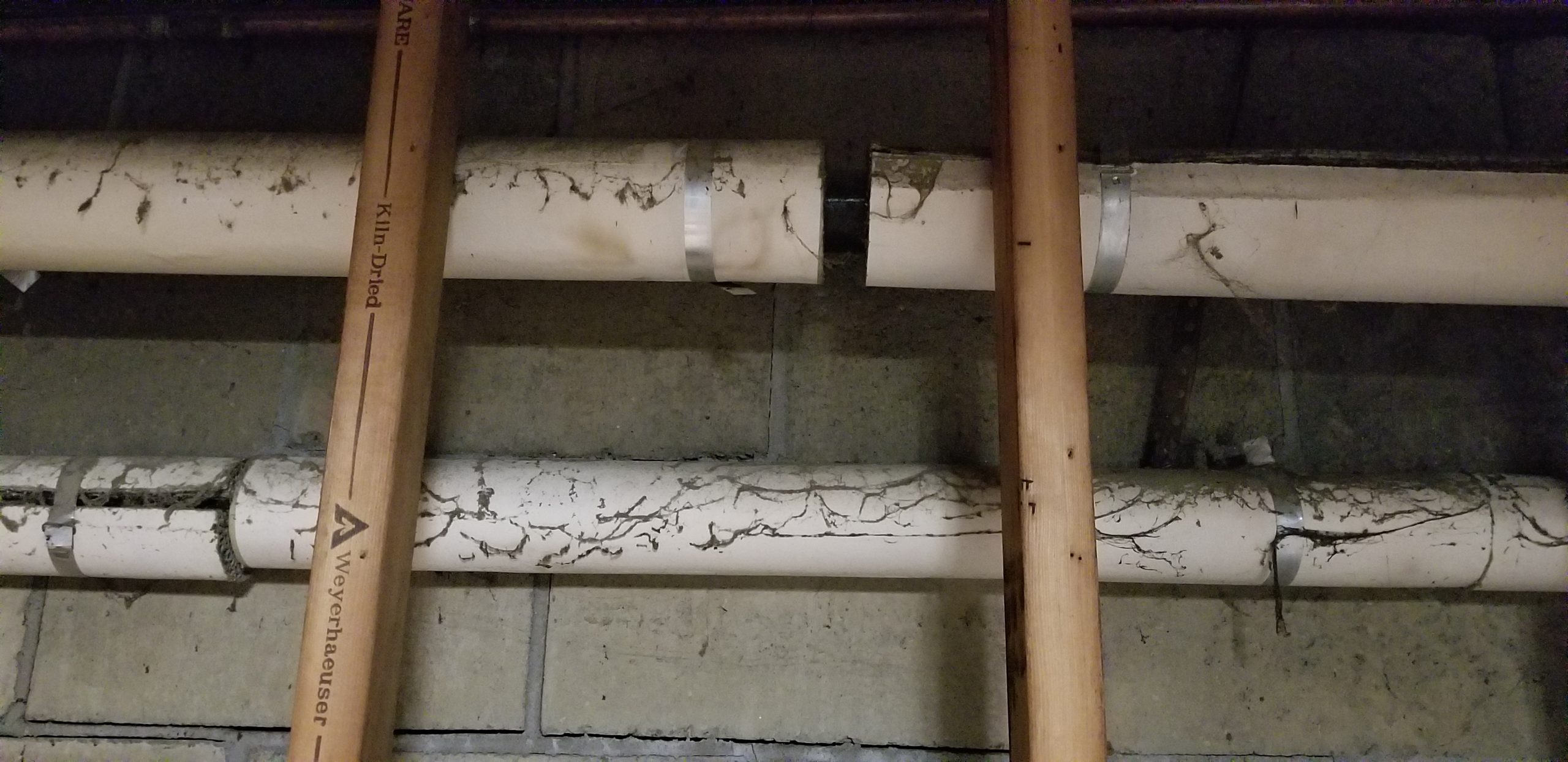What should you do if you find Asbestos in your house?
Asbestos was an incredibly common component of many building materials, from roofing and siding to floor tile, pipe insulation, and even spackles and surface compounds!
Because Asbestos was used in so many products, and for so many different purposes, it’s still very common to find building materials in homes today that still contain Asbestos. But what is Asbestos and, more importantly, what should you do if you come across something that you think may contain Asbestos?
What is Asbestos?
Asbestos is a naturally occurring mineral that was mined, crushed, and mixed into building materials and household products. Chosen for its unique properties, such as heat resistance, durability, sound dampening, and hydrophobic qualities, Asbestos was viewed at the time as a miracle material. It was used to make materials like floor tile stronger, pipe insulation heat resistant, and even to add a level of soundproofing to rooms!
Unfortunately, the more we used Asbestos, the more we ultimately learned about the health effects caused by Asbestos exposure. Today, Asbestos is used in very few products, and we continue to work to remove Asbestos from homes where it was installed previously and replace it with safer alternatives.
Is Asbestos dangerous?
Yes. The health effects of Asbestos exposure are well documented and include lung cancer, mesothelioma, and asbestosis, among other serious diseases and conditions. Asbestos fibers are extremely small and are able to get lodged in airways, lungs, and the lining of the stomach, ultimately causing health effects that can develop years later.
Where is Asbestos most commonly found in homes?
As mentioned earlier, Asbestos was included in many, many, building materials. An extremely popular material at the time, Asbestos was even used in household products like oven mitts, tablecloths, and hair dryers!
Unfortunately, when considering what building materials may contain Asbestos in a home, many materials are suspect. A few of the most common materials we still see in homes today are:
- Asbestos pipe insulation – This is most often found on heat pipes in basements or exterior walls.
- Asbestos floor tile & Asbestos floor mastic (glue) – Reminiscent of vinyl or VCT, Asbestos floor tiles are seen in both 9” and 12” floor tiles, as well as sheet products.
- Asbestos siding – A rigid product that usually looks like oversized vinyl siding, Asbestos siding can also be found behind newer vinyl siding that may have been installed over it.
- Asbestos surfacing compound – Sometimes resembling cement, other times more reminiscent of plaster, Asbestos surfacing compound can most often be found on boilers, pipe knuckles, or plumbing fittings.
What should you do if you suspect a building material may contain Asbestos?
If you believe that a building material may contain Asbestos, or are concerned that it may, testing is available to determine if the material contains Asbestos and to what extent. Asbestos was used in many products, and whether the material is Asbestos containing or not often cannot be determined through a visual inspection alone.
In the meantime, and until it’s confirmed that the material is safe, it’s important not to disturb it. If the material is in poor condition or is damaged, it’s recommended to close off the area and to avoid the space until a qualified professional is able to inspect the material and determine if it contains Asbestos.
The State of Pennsylvania requires that all Asbestos Testers be licensed with the state to provide this service and lists all actively licensed testers on their website.
What should you do if you have Asbestos in your home?
Due to the potential hazards, removal of Asbestos containing materials should be performed by a qualified, and properly licensed, Asbestos Abatement Contractor. These contractors are specially trained to perform this work safely using proven methods and processes and are licensed by the State of Pennsylvania to perform this work.
It’s important to consider the potential risk that improper Asbestos Abatement presents. In cases where Asbestos containing materials are removed without following adequate safety protocols and abatement standards, Asbestos fibers can be released from the material and contaminate the property. For this reason, Asbestos Abatement projects should be performed by qualified firms that are able to perform this work properly and safely.
We hope this answers some questions about Asbestos and what options are available to you if you have Asbestos in your home. As always, if you have any additional questions, please don’t hesitate to contact our offices, we’re happy to help.


